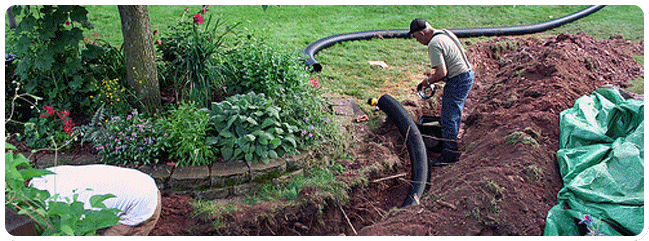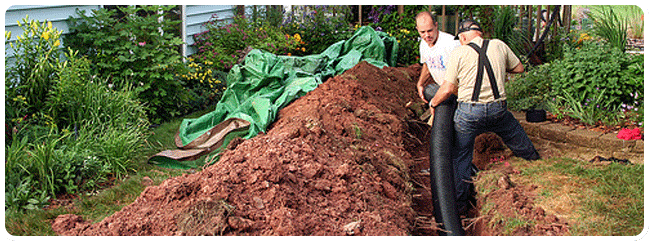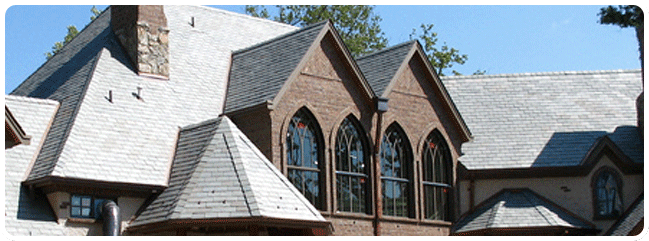No one thinks about roof leaks until water damage signs start becoming visible on the ceilings and walls. Even a small water stain can indicate that there’s quite a big problem up there.
It is important that you have the leak assessed as soon as possible or else you will end up paying for an even bigger damage. To ensure you know what kind of roof leak you’re facing, you must learn the different types first.

1. Cracked Flashing
The tar that seals your flashing may corrode over time and lose its cohesive properties, leaving the flashing exposed. Harsh weather conditions that may enhance tar corrosion include strong winds and heavy rainfalls. Cracked flashing resembles sheet metal. When properly covered, it will feature a top rubber coating.
2. Poorly Sealed Valleys
Improper installation of roof valleys can be a genesis of roof leaks. That is why you should always work with an experienced contractor who knows the right measurements and good sealing materials. However, heavy rainfall and built-up ice dams can also corrode the sealing material of your roof valley. You can notice this problem by checking for water spots along the seams.
3. Old Roofing with Outlived Lifespan
An old roof can be problematic due to the weakening structure. Missing parts like shingles can also present entry points for rainwater. Water leaks from old roofs are easy to notice as they are prevalent everywhere in the house. Watch out for dark spots or ringed patterns in the ceilings and the walls. Source: Absolute Construction
4. Chimney Leaks
Chimneys can become a source of leaks as the years go on. Leaks can happen when there is no chimney cap, the chimney or chimney cap is damaged, or when the chimney flashing is cracked or damaged (as described above). Over time, this can lead water to enter your home, and deterioration can occur.
You can prevent chimney leaks by having your chimney inspected by a professional at least once per year and by having your roof inspected by a roofing professional on a regular basis. We recommend having a chimney professional come to your house in the fall before you start using the chimney in the winter.
5. Your Skylights
Skylights often leak either because the caulk or tar has deteriorated or the flashing itself has begun to deteriorate. Skylights need regular maintenance in order to maintain their structural integrity. Your roofing professional will be able to identify when there is a problem with your skylights and can make recommendations for repair as needed. Source: Pickard Roofing, Inc.
6. Collar Failure Around a Gas Vent
The last common roof leak is a collar failure around a gas vent. This metal pipe with a cap comes through the roof to ensure any carbon monoxide coming from gas appliances vents out through the roof.
These vents are usually installed by HVAC workers after the roof the roof is completed. But because they don’t know proper roofing techniques, they’ll only slide a collar over an unsealed pipe thinking it will shed the rain
Under normal circumstances, this works. But with a torrential downpour, water can splash under the collar and lead to water running down the pipe. Source: Bill Ragan Roofing Company
With this information, at least you can narrow down which part the roof leak is coming from. If you need a professional roofing company to deal with this issue, don’t hesitate to give us a call!
Contact:
Kerrisdale Roofing & Drains
168 W 71st Ave, Vancouver, BC V5X 4S7
(604) 360-2114



















